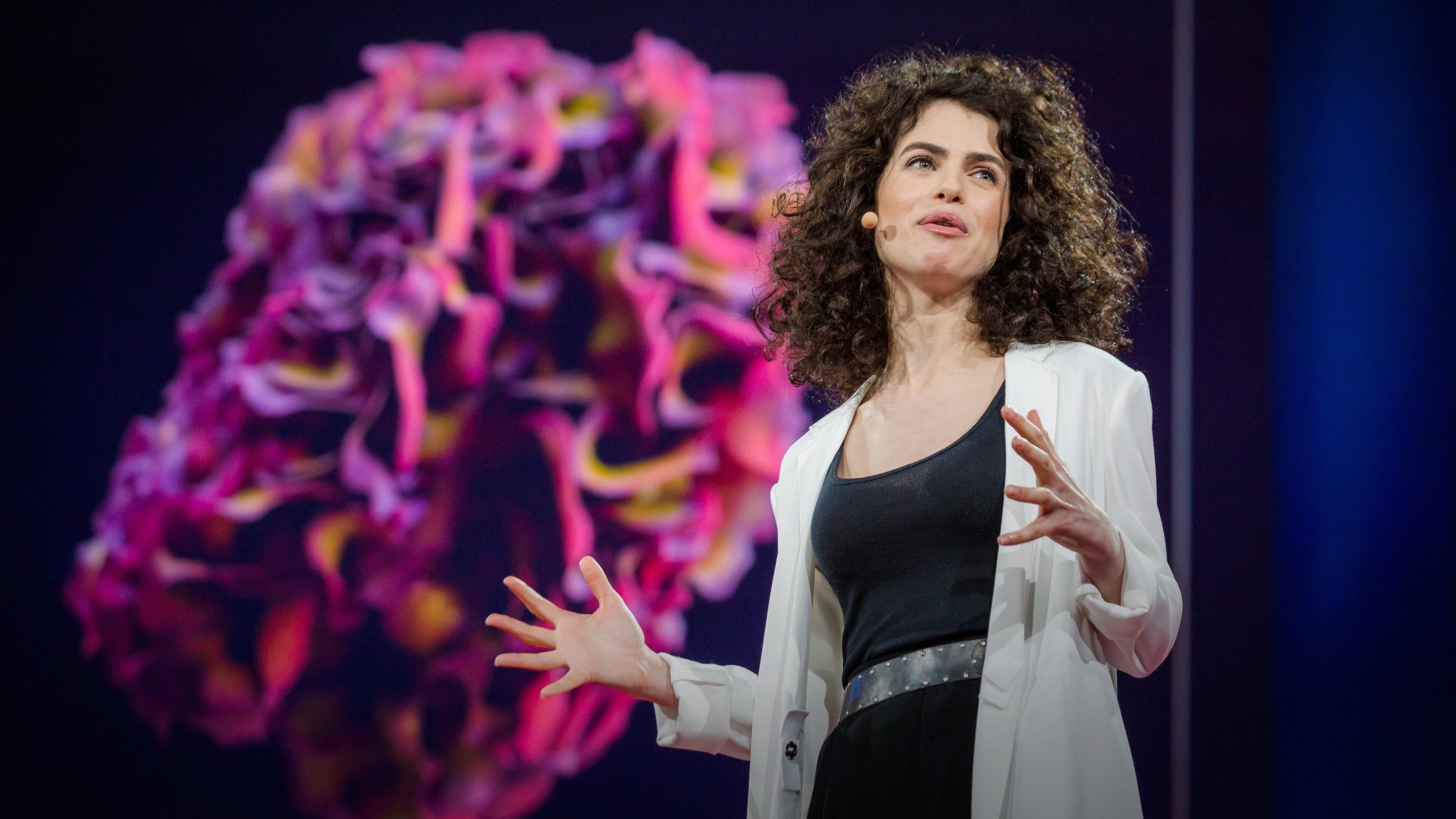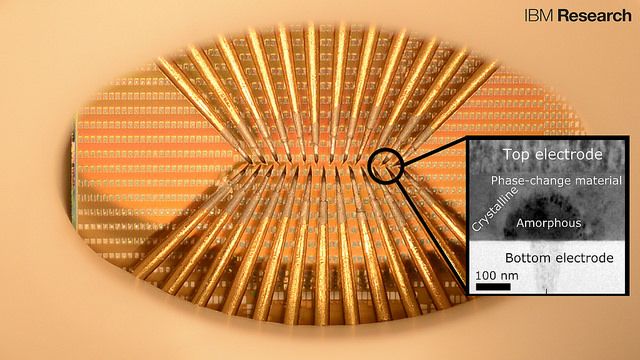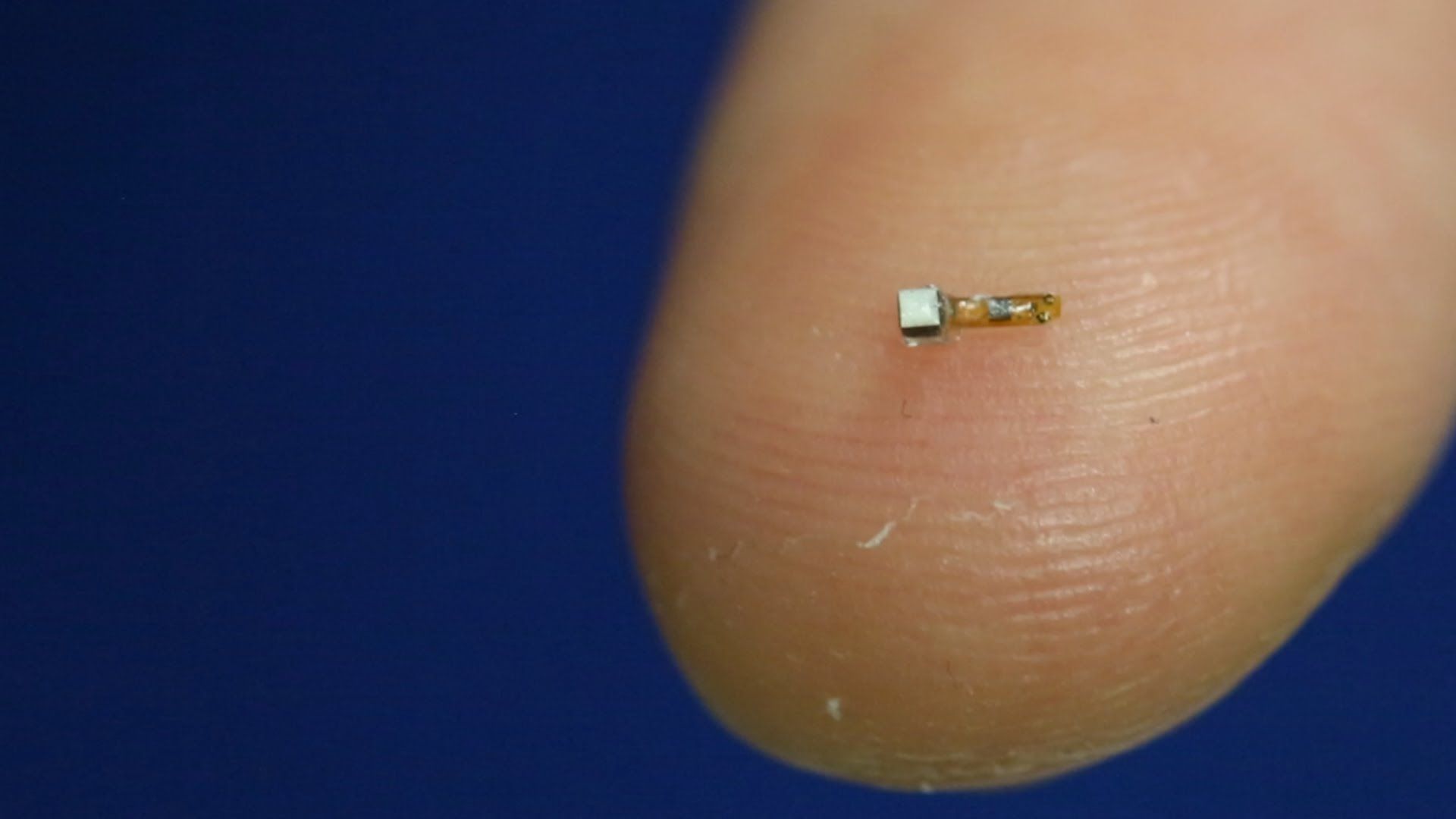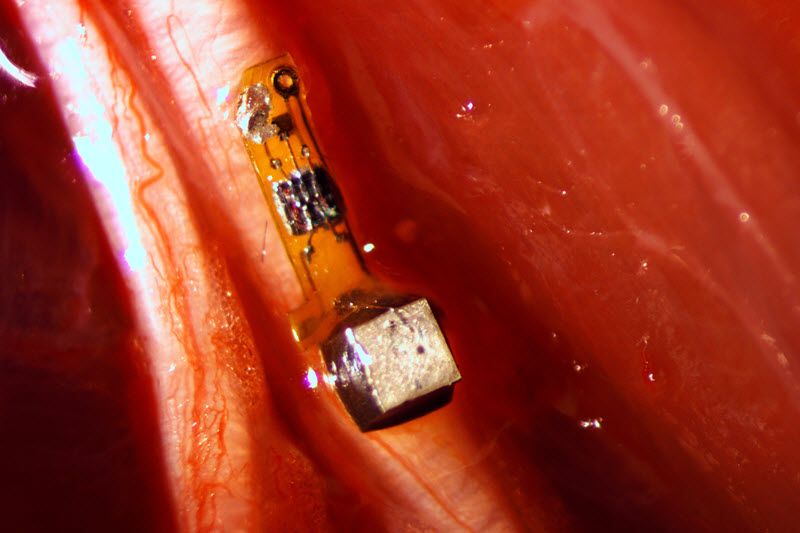Page 10965
Aug 8, 2016
Researchers Receive NSF Grant to Develop New Quantum Technologies for Secure Communication
Posted by Karen Hurst in category: quantum physics
August 08, 2016 | By Liezel Labios Researchers Receive NSF Grant to Develop New Quantum Technologies for Secure Communication.
Aug 8, 2016
Scientists Create Language to Program Living Cells
Posted by Karen Hurst in categories: biotech/medical, computing, education, internet

Nice — another step forward for all things connected.
Scientists can now talk to and even command living cells–to a limited degree at the moment, but with massive implications for the future. MIT biological engineers have created a computer code that allows them to basically hijack living cells and control them. It works similarly to a translation service, using a programming language to create a function for a cell in the form of a DNA sequence. Once it’s scalable, the invention has major ramifications. Future applications could include designing cells that produce a cancer drug when a tumor is detected or creating yeast cells that halt their own fermentation if too many toxic byproducts build up.
Continue reading “Scientists Create Language to Program Living Cells” »
Aug 8, 2016
China may be the future of genetic enhancement
Posted by Aleksandar Vukovic in categories: bioengineering, biotech/medical, economics, genetics, neuroscience
Indeed, if we set ethical and safety objections aside, genetic enhancement has the potential to bring about significant national advantages. Even marginal increases in intelligence via gene editing could have significant effects on a nation’s economic growth. Certain genes could give some athletes an edge in intense international competitions. Other genes may have an effect on violent tendencies, suggesting genetic engineering could reduce crime rates.
We may soon be able to edit people’s DNA to cure diseases like cancer, but will this lead to designer babies? If so, bioethicist G Owen Schaefer argues that China will lead the way.
Aug 8, 2016
Tunnels in spacetime could someday take us to another universe, claims radical theory
Posted by Andreas Matt in categories: cosmology, space travel

But, using an assumption that a wormhole can be found at the middle of a black hole, a group of Portugese researchers modelled how objects like a chair, a scientist and a spacecraft would be able to withstand the journey through it.
‘What we did was to reconsider a fundamental question on the relation between the gravity and the underlying structure of space-time,’ Diego Rubiera-Garcia, lead author from the University of Lisbon, Portugal, said.
Aug 8, 2016
Triple signal of ‘alien megastructure’ star baffles astronomers
Posted by Andreas Matt in category: space
A new dimming signal makes the famous star even more challenging to explain, but astronomers aren’t claiming that it’s aliens… yet.
Aug 8, 2016
Stem cell breakthrough allows scientists to grow and assemble human eyes
Posted by Montie Adkins in categories: biotech/medical, innovation

https://youtube.com/watch?v=Rw1odkI0Nw8
“An ultimate goal of stem cell research is to turn on the regenerative potential of one’s own stem cells for tissue and organ repair and disease therapy,” said Dr. Kang Zhang of the UC San Diego School of Medicine.
You’ll soon be able to see the future with eyes grown in petri dishes. Scientists in Japan’s Osaka University have found a new way to turn stem cells into a human eyeball in what is (needless to say) a remarkable breakthrough for the medical community. According to lead biologist Kohji Nishida, a small sample of adult skin is all that would be required in order to grow retinas, corneas, lenses, and other key components of the eye.
Continue reading “Stem cell breakthrough allows scientists to grow and assemble human eyes” »
Aug 8, 2016
IBM scientists emulate neurons with phase-change technology
Posted by Sean Brazell in categories: computing, finance, internet


Scientists at IBM Research in Zurich have developed artificial neurons that emulate how neurons spike (fire). The goal is to create energy-efficient, high-speed, ultra-dense integrated neuromorphic (brain-like) technologies for applications in cognitive computing, such as unsupervised learning for detecting and analyzing patterns.
Continue reading “IBM scientists emulate neurons with phase-change technology” »
Aug 8, 2016
Ultrasonic wireless ‘neural dust’ sensors monitor nerves, muscles in real time
Posted by Sean Brazell in categories: computing, neuroscience


University of California, Berkeley engineers have designed and built millimeter-scale device wireless, batteryless “neural dust” sensors and implanted them in muscles and peripheral nerves of rats to make in vivo electrophysiological recordings.
Continue reading “Ultrasonic wireless ‘neural dust’ sensors monitor nerves, muscles in real time” »













